CarEdge saved me over 4,500 dollars on a brand new Honda Pilot. I can't say thank you enough.
Price intelligence
Find a wide range of vehicle listings with market insights on new and used listings near you.


Help us personalize your CarEdge experience — it only takes a second.
Your answers help us personalize your CarEdge journey — we’ll follow up with tips and next steps that match your buying timeline.

The latest CarEdge Car Buyer Satisfaction Survey shows that an informed approach to car buying leads to a more satisfying and seamless experience, with 87% of respondents reporting high satisfaction with their purchases. This is significantly higher than industry averages and highlights the importance of buyer empowerment. From pricing expectations to dealership loyalty and specific aspects like trade-ins and add-ons, this report uncovers the ways that knowledge and preparation enhance the car-buying experience for consumers. These findings also reveal opportunities for the automotive industry to earn lasting customer loyalty.
👉 Download the complete report

Among 500 CarEdge Community members surveyed in October 2024, 87% reported being either “satisfied” or “very satisfied” with their vehicle purchase experience, far exceeding the 69% satisfaction rate reported by Cox Automotive’s latest industry survey. This higher satisfaction reflects the value of a well-informed buyer: 82% of CarEdge respondents felt fully prepared with the information needed to make an informed purchase decision.
The CarEdge Community’s sense of empowerment shows how buyer education can significantly impact satisfaction. Entering the dealership with an understanding of market conditions and financing options allows buyers to avoid common pitfalls, leading to more favorable interactions with dealers and less buyer’s remorse.
Price expectations play a crucial role in satisfaction. Among CarEdge survey respondents:
These results highlight how empowered buyers with transparent price expectations experience fewer surprises when it comes time to finalize the deal. Transparent, data-driven resources bridge the expectation gap, enabling more accurate price forecasting and helping buyers secure deals with greater confidence.

The CarEdge Car Buyer Satisfaction Survey revealed that dealership experiences play a pivotal role in fostering brand loyalty, with some car brands emerging as clear leaders in inspiring repeat business. Among the survey’s findings, BMW, Ram, and GMC ranked highest for dealership return rates, with more than three quarters of buyers indicating they would return to the same dealership for their next vehicle. This level of loyalty highlights a strong sense of trust and satisfaction among buyers of these brands, reflecting positively on dealership practices.
In contrast, brands with lower return rates underscore the importance of positive dealership interactions. Ford, Chevrolet, and Cadillac saw the lowest return intentions among survey respondents, with just one quarter of buyers expressing interest in purchasing from the same dealership again. These findings suggest that experiences such as transparency and pressure-free interactions play a major role in shaping loyalty
The dealership experience remains central to car buyer satisfaction. CarEdge’s survey reveals that:
While satisfaction levels with dealerships are high, a significant proportion of buyers remain cautious. This finding suggests that while most dealerships succeed in delivering positive experiences, more could be done to foster long-term loyalty by improving transparency, maintaining honest communication, and minimizing high-pressure tactics.
While satisfaction with the overall car-buying experience is high, certain areas continue to cause buyer frustration:
Improving transparency in these areas would lead to better buyer experiences, as customers feel less pressured and more in control of the transaction.
The CarEdge survey also revealed that satisfaction varies by powertrain. Among all respondents, 5.5% had purchased an electric vehicle (EV), and EV buyers reported a higher overall satisfaction score of 4.7 compared to 4.4 for internal combustion engine (ICE) vehicles.
Notably, 48% of EV buyers had purchased Tesla models, and 76% bought new EVs rather than used. The data suggests that EV buyers, especially those opting for new models, are generally more satisfied with their purchase experience.
The findings from the CarEdge Car Buyer Satisfaction Survey highlight the positive impact of a well-informed car-buying approach. Buyers who are equipped with clear expectations and market insights experience smoother transactions, greater pricing transparency, and higher satisfaction. This trend is beneficial for car buyers, dealerships, and the broader auto industry as transparency fosters trust and strengthens relationships.

In a clear sign that we’ve entered a strong buyer’s market, 0% APR financing offers are more abundant than at any point in at least the last few years. In December 2025, there are 44 offers of zero-percent financing. Interest rates remain elevated, but for buyers with good credit, this is your chance to drive home years of interest-free savings.
The timing makes sense: dealers need space for new 2026 inventory, and they’d rather offer you free money than sit on aging 2025 models, or in some cases, leftovers from 2024s. Here’s the complete rundown of every zero-percent offer currently on the table.

Chevy’s electric models continue to feature zero percent financing through December. The EV tax credit is over, but GM isn’t turning down their incentives just yet.
See Chevrolet local pricing insights

The Hornet is consistently one of the slowest-selling cars in America. Finally, Dodge is offering zero percent APR for the Hornet. The brand-new Dodge Charger Daytona EV is also available with zero percent financing.
See Dodge local pricing insights
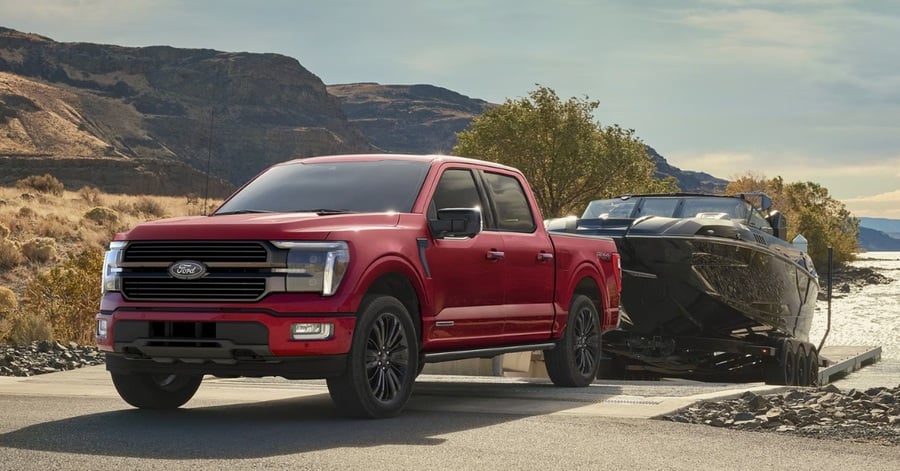
For December, Ford is offering zero percent financing for four models, including the popular Explorer and F-150. However, since this is only valid for 36 months, Ford’s zero-down lease deals are worth consideration too.

Very rarely does Genesis offer zero percent financing, but it’s now an option for the electrified GV70.

GMC is offering 0% APR financing for the popular Sierra 1500 this month, although this incentive is limited to 36 months.
See GMC local pricing insights and listings

Unfortunately, the only zero percent APR financing Honda is advertising in December 2025 is for the 2025 Prologue EV. As a top-selling brand with rapid inventory turnover, don’t expect Honda to offer 0% financing often.
The 2025 Honda Prologue is available with 0% APR for 60 months.
See Honda local pricing insights and listings
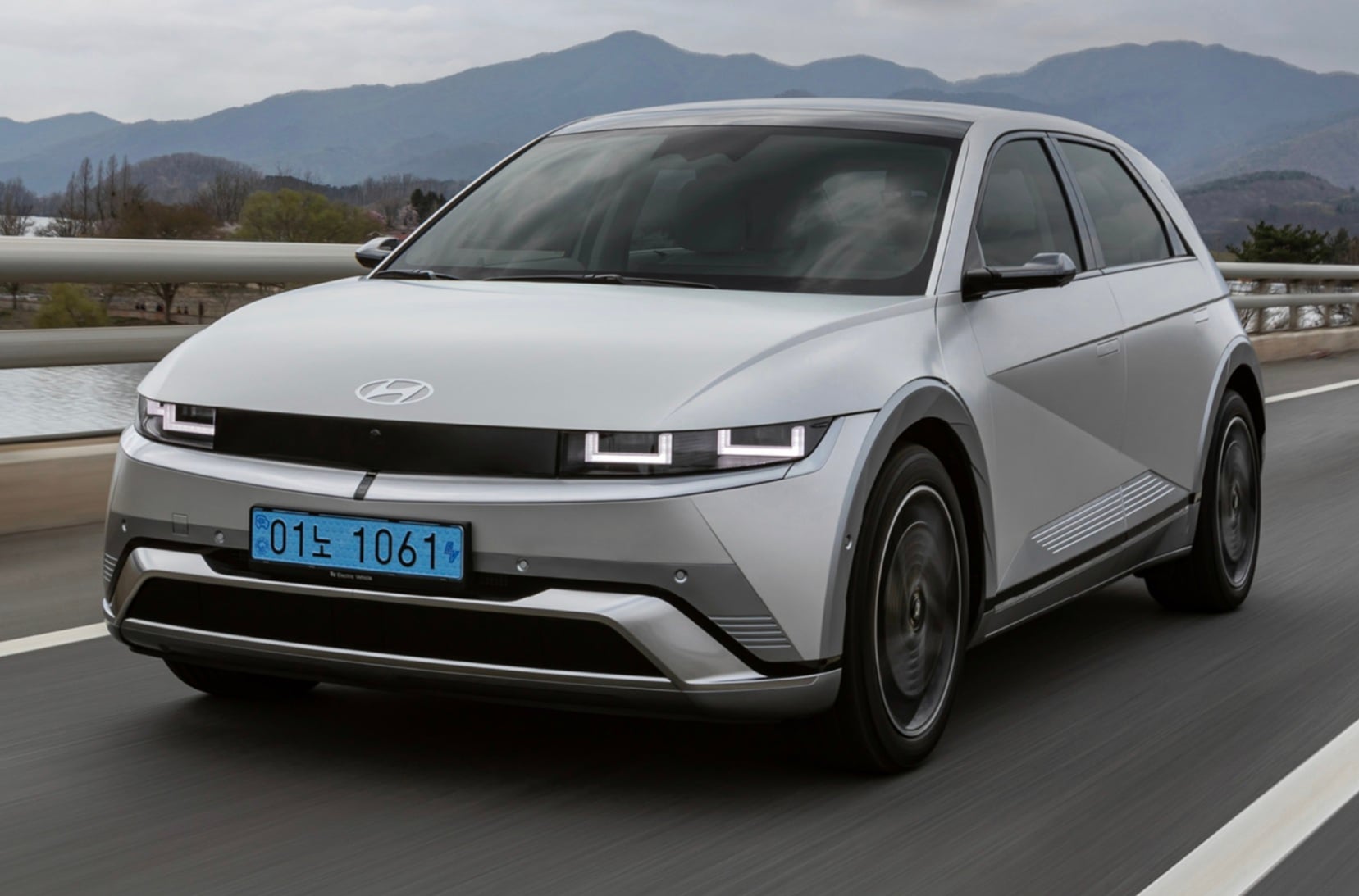
In December, Hyundai is aggressively heading into year-end sale season with zero percent financing. With federal EV incentives gone, Hyundai is bringing out the big guns to sell EVs.
See Hyundai local market insights + the BEST deals

Kia is offering several zero percent financing deals in December, including some of the best offers of the month:
See Kia local market insights + the BEST deals
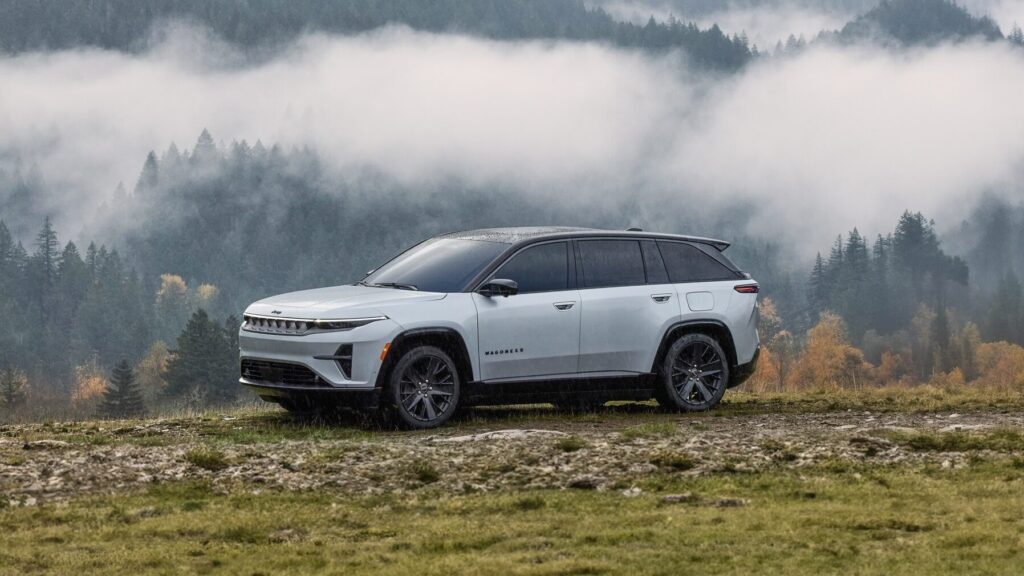
Jeep’s only zero percent APR offer in December is for the all-electric Wagoneer S.
See Jeep local pricing insights and listings
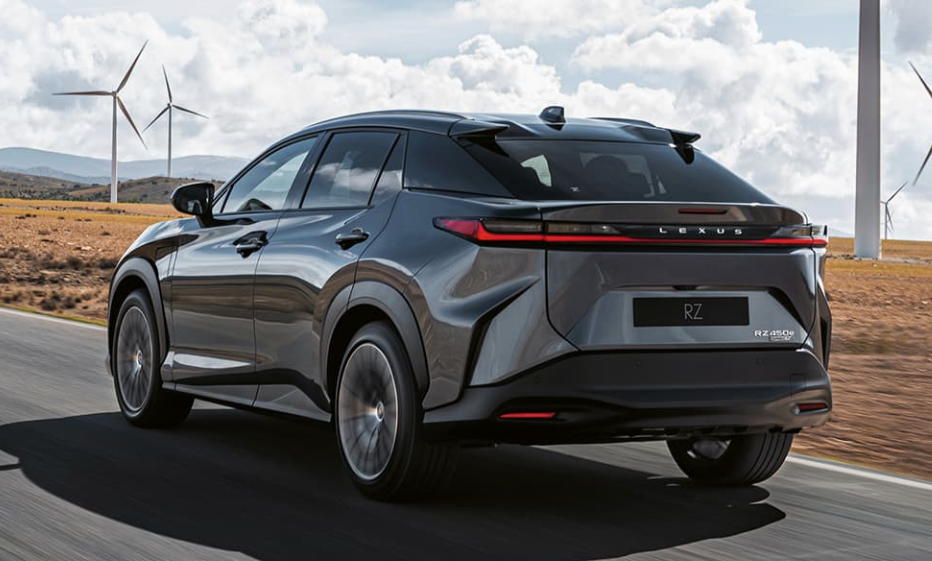
Now with a vast improvement in range and charging for 2026, the Lexus RZ is available with 0% APR financing for 72 months.
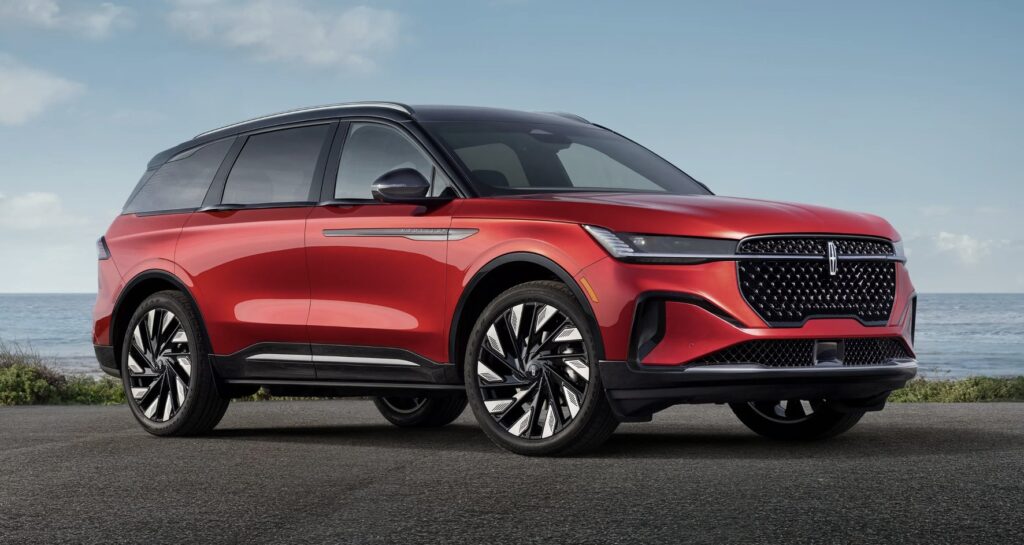
Hands down, Lincoln has the best luxury car incentives in December, with zero percent financing making a rare appearance.

Mitsubishi is offering zero percent financing for ALL 2025 inventory through the end of the year.
See Mitsubishi local market insights + the BEST deals
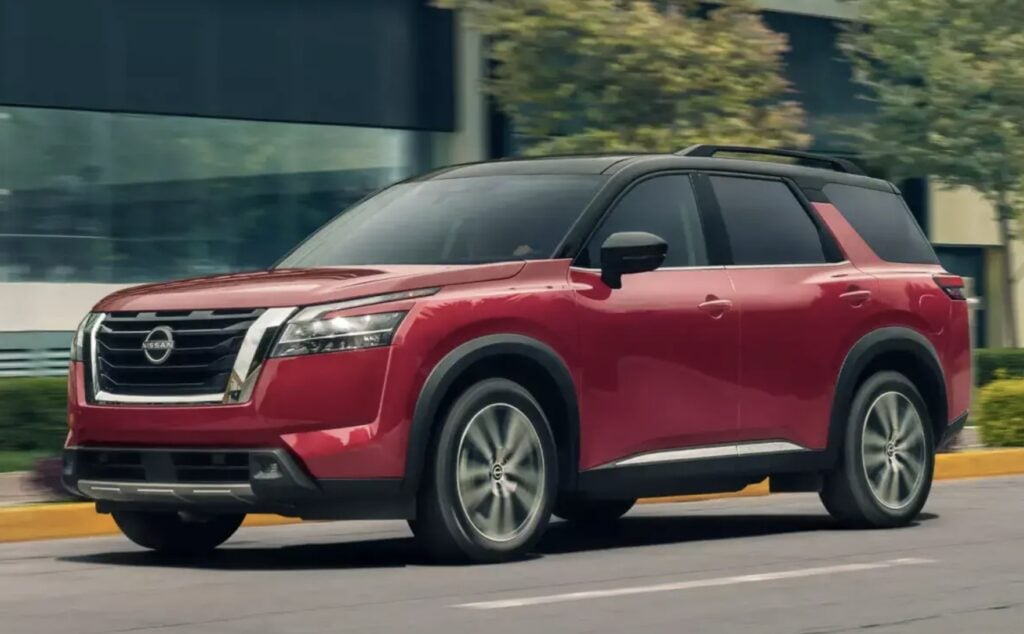
Nissan continues to offer competitive financing deals for their most popular crossover models. This offer has been ongoing for four months, but is likely to end once 2026 arrives.
See Nissan local market insights

The best truck offer in December 2025 is this exceptional zero percent financing deal for 72 months for the 2025 Ram 1500. Ford and Chevy can’t match that, although the F-150 is available to lease for under $1,000 down. See the best truck deals of the month here.
Subaru’s U.S. sales have been falling in 2025, and now the automaker is out with 0% financing for a popular model.
For those looking to finance for longer, Subaru is also offering 0.9% APR for 72 months for the Outback.

This month, Volkswagen is offering a zero percent financing deal for the Taos, and is no longer offering interest-free financing for the ID.4.
See VW local market insights + the BEST deals
Year-end sales are finally here. Smart shoppers have been waiting all year for this, so expect the best deals to sell fast. In December 2025, we’re seeing several great financing deals remain for well-qualified buyers. With that in mind, if you see a deal you want, it’s smart to get your financed in order and buy now. Cars won’t be getting any cheaper once 2026 rolls around.
Tired of car buying hassles? Let AI negotiate for you! Learn more about CarEdge’s NEW AI Negotiator, recently featured in Fortune!
![Every Zero-Down Lease Deal This Month [November 2025]](https://caredge.com/wp-content/uploads/2024/03/2024-09-16_Cheapest-Leases-This-Month_Blog-Header-Image_1920x1080_v1-1080x675.jpg)
It’s a great time to lease a new car or truck. In November, three compact crossovers are available with zero money down. Avoid costly vehicle depreciation with insanely good lease deals advertised for Black Friday 2025. Be sure to check back, as automakers update these offers during the first week of the month!
You might also find our newest free resource helpful: Estimate your auto lease payment with this car lease calculator.

The Best Lease Deal: Lease the 2025 Volkswagen Taos for $379/month for 36 months with $0 down. This Black Friday lease offer expires on 12/1/2025. See VW offer details.
Browse Volkswagen listings near you.

The Best Lease Deal: Lease the 2025 Volkswagen Tiguan SE for $399/month for 36 months with $0 down. This offer expires on 12/1/2025. See VW offer details.
Browse Volkswagen listings near you.

The Best Lease Deal: Lease the 2026 Volkswagen Atlas for $599/month for 36 months with $0 down. This offer expires on 12/1/2025. See VW offer details.
Browse Volkswagen listings near you.
Zero down lease deals offer an excellent chance to drive away with a new vehicle. Black Friday lease specials are here, and Volkswagen is looking to lure drivers with the cheapest leases right now. It’s important to remember that $0-down lease specials don’t include mandatory taxes and fees, which can total a few thousand dollars in some cases. Leasing is always a smart way to avoid depreciation. Check out our latest car depreciation rankings here.
Keep checking back for updates, as new deals are just days away.

In December 2025, the best truck deals offer low-APR financing, cheap leases, and cash discounts. With 2025 models aging quickly and dealers looking to make space for 2026 models, it’s a great time for negotiating. Or, you can let AI do it for you. Here’s our guide to the best full-size truck deals of December.
Automakers release their deals between the first and fifth of each month, so check back soon for the latest.

Starting MSRP: $42,370 – $89,170
Average Selling Price: $58,875
2025 Ram 1500: 0% APR for 72 months, or 10% below MSRP with 3.9% APR for 72 months
See Ram 1500 listings with local market data, or have AI negotiate for you (NEW!)

Starting MSRP: $39,645 – $77,495
Average Selling Price: $59,390
Lease the 2025 F-150 STX for $477/month for 36 months with $477 due at signing. This is the best truck lease of the month.
Interested in APR savings? The 2025 Ford F-150 is available with 2.9% APR for 60 months.
Learn more at Ford.com.
See Ford F-150 listings near you, or have AI negotiate for you (NEW!)
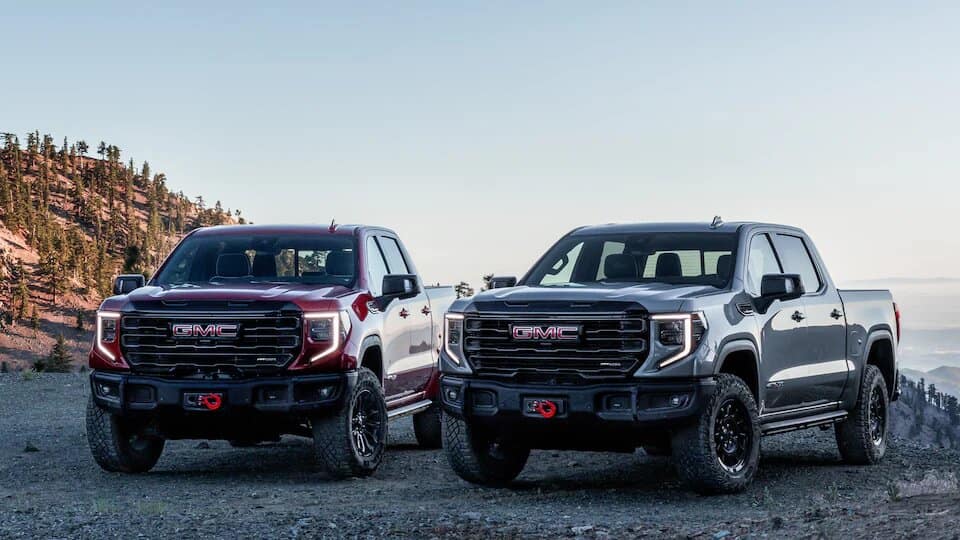
Starting MSRP: $39,145 – $86,890
Average Selling Price: $61,025
0% APR for 36 months, or up to $8,000 in cash savings. Offers are NOT combinable.
Looking to lease? Current lessees of GM vehicles are eligible to lease the 2025 Sierra 1500 Elevation from $299/month for 24 months with $4,009 due.
GM is offering big incentives on both the Sierra 1500 and Silverado 1500.
See GMC Sierra 1500 listings with local market data
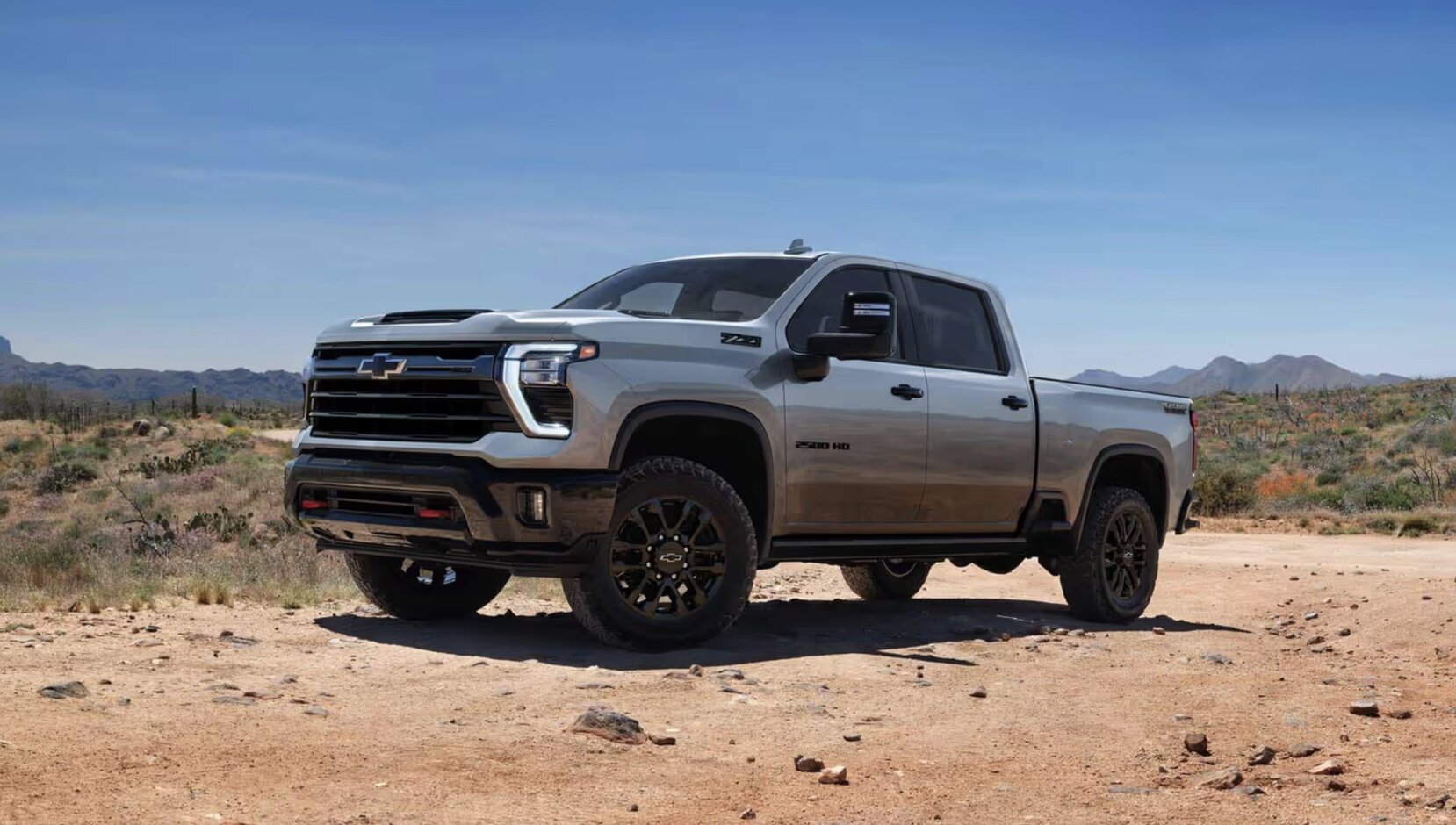
For December 2025, Silverado 1500 is offered with 2.9% APR for 72 months.
Current lessees of Chevrolet models are eligible to lease a 2025 Silverado 1500 Crew Cab 4WD LT for $379/month for 36 months with just $1,359 due at signing.
Starting MSRP: $37,845 – $68,695
Average Selling Price: $54,021
See Chevrolet Silverado 1500 listings with local market data
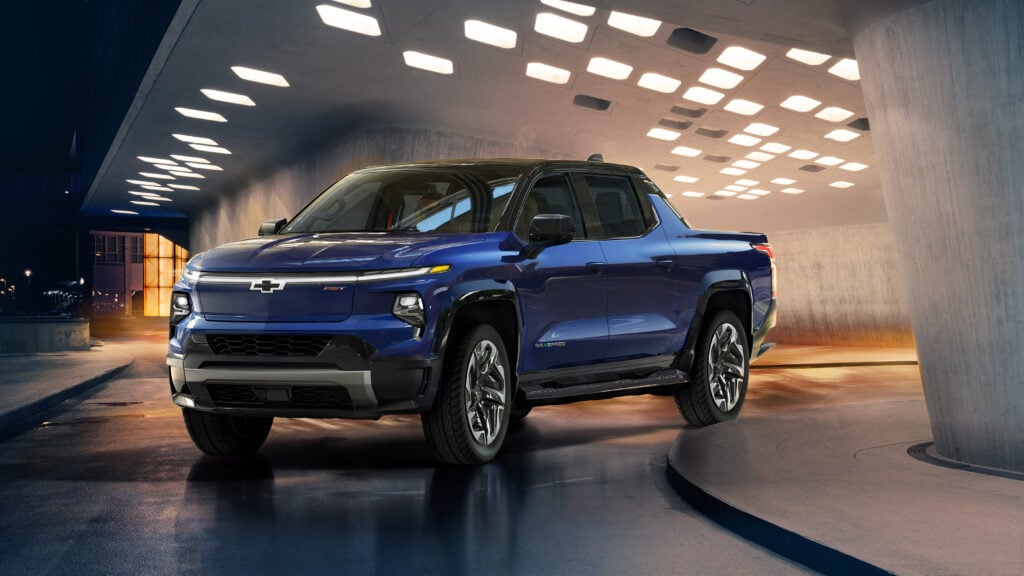
Starting MSRP: $74,800+
Average Selling Price: $82,994
0% APR for 60 months: 2025 Chevrolet Silverado EV
Considering an electric truck? If you’re not, you might give it some thought with 0% APR financing for 60 months on the Chevy Silverado EV. The Silverado EV gets up to 440 miles of all-electric range, and charges very fast at public fast chargers.
See Chevrolet Silverado EV listings with local market data

Download your 100% free car buying cheat sheets today. From negotiating a deal to leasing the smart way, it’s all available for instant download. Ready to let a car buying pro take the wheel? CarEdge Concierge is the easiest way to buy a car today. Our team finds the vehicle you want, right down to the finest of details, and negotiates on your behalf. Home delivery is available. Learn more about CarEdge’s car buying service.

Interest rates remain high as summer fades, yet smart buyers secure zero percent financing each and every day. In September, Labor Day car sales bring even better opportunities to lock in a deal. If you’re thinking of financing a new car, you’ll want to take advantage of manufacturer incentives to save thousands. These are the best new car finance deals for September 2025.
👉 Note that automakers release their monthly deals around the second to the fifth of each month. Check back for updates!
We’ve compiled every manufacturer’s financing incentives below, but these are the best loan deals with the lowest auto loan rates this month. Automakers update their incentives between the second and fifth business day of each month. Check back for updates! As you can see, zero percent financing is common as automakers look to sell leftover 2024 models, even eight months into the new year. However, some 2025 and even 2026 models are advertised with low APR offers that seem to indicate slowing demand. Check out all of the best deals below.
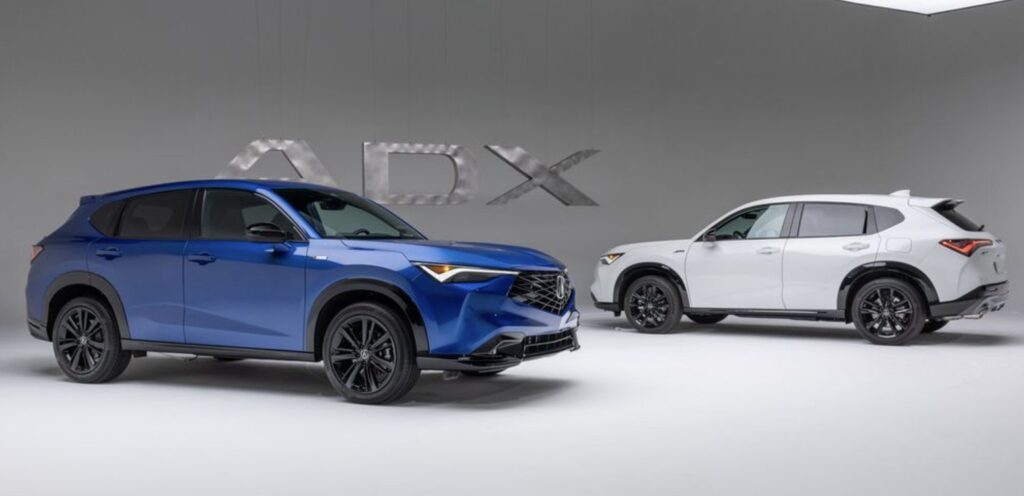
3.99% APR for 60 months for the 2025 Acura ADX
4.99% APR for 60 months for the 2025 Acura RDX and MDX
See offer details at Acura.com
See Acura listings with local market insights
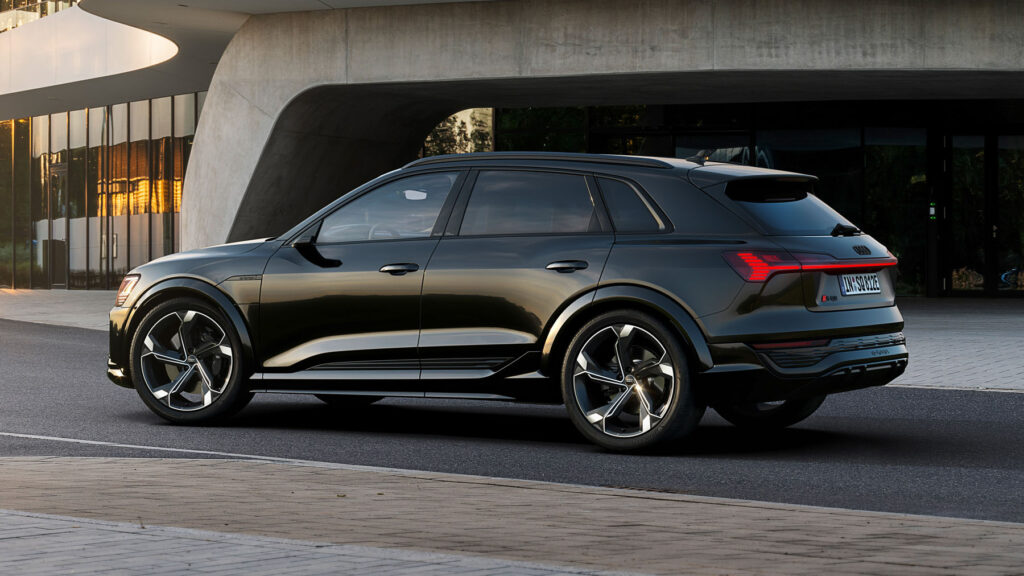
In September, Audi EVs like the 2025 Audi Q6 e-tron, Q8 e-tron, and Audi Q5 plug-in hybrid are eligible for 0.99% APR financing for 72 months.
Learn more at AudiUSA.com
See Audi listings with local market insights
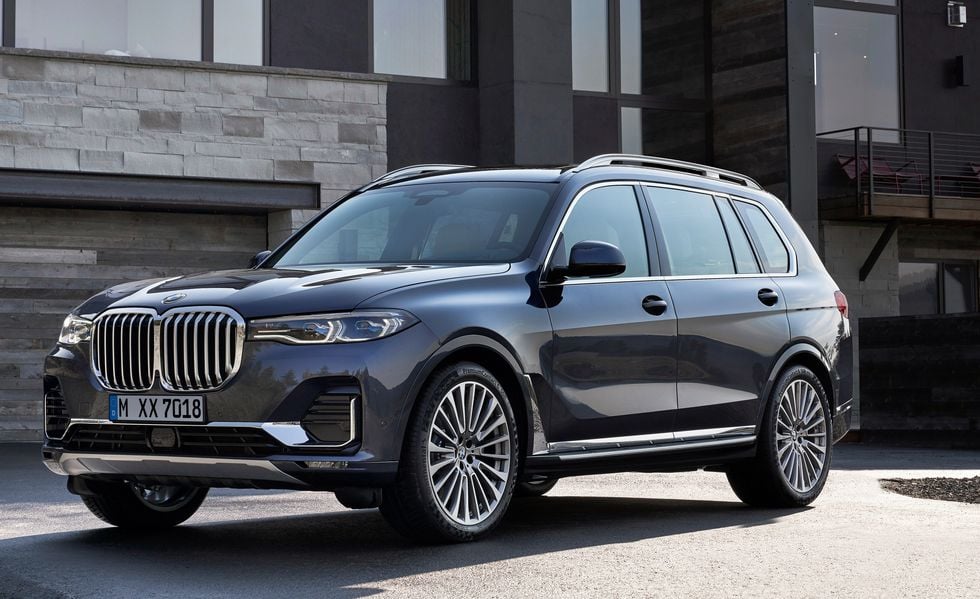
In September, BMW is back with some great deals for luxury crossovers and EVs.
1.99% APR for 60 months: 2025 BMW X3
2025 BMW i4, i5, i7: 2.99% APR financing offer for 60 months. Most other BMW models have 3.99% APRs for 60 months in August. Learn more at BMWUSA.com
See BMW listings with local market insights
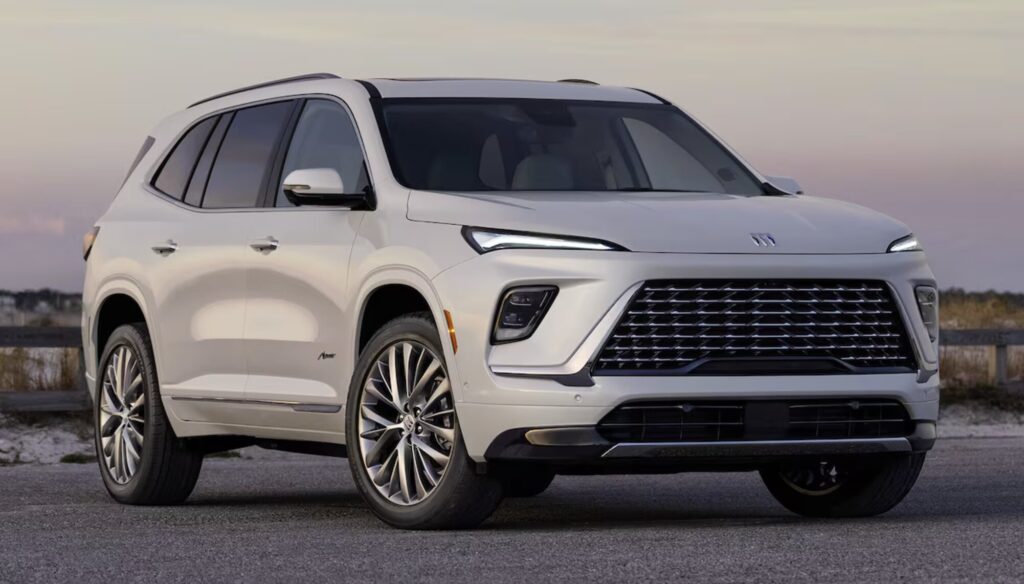
0.9% APR for 36 months for the 2025 Envista, 2025 Envision, 2025 Buick Encore GX, 2025 Buick Enclave
The Buick Encore GX is also eligible for a $3,000 purchase allowance
Browse Buick listings with local market insights

Cadillac has some decent financing offers for luxury cars and SUVs in September 2025:
2.9% APR for 60 months for the 2025 Cadillac Lyriq
4.4% APR for 36 months for the XT4, XT5, and XT6
Cadillac is also offering various cash incentives of up to $2,000 for select models.
See Cadillac listings with local market insights
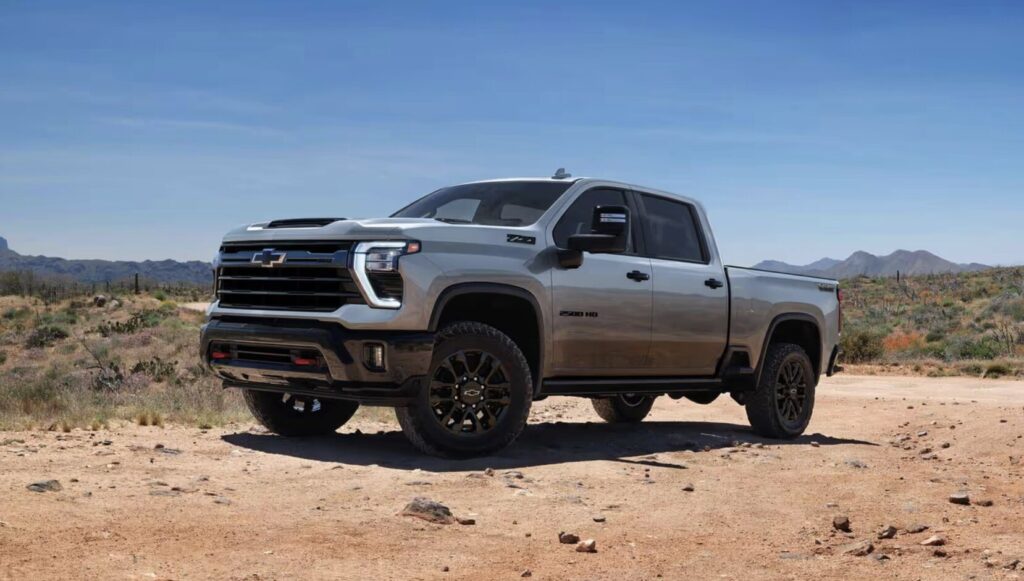
General Motors has fewer low-APR financing offers this month, even as Labor Day 2025 sales continue.
2.9% APR for 72 months: 2025 Chevrolet Silverado 1500
0% APR for 60 months: 2025 Equinox EV, Blazer EV, Silverado EV. Note that the federal EV tax credit ends on 9/30/25.
See Chevrolet listings with local market insights
In August, Chrysler continues to offer employee pricing, and zero percent financing for the Pacifica PHEV.
0% APR for 72 months, or $5,250 cash allowance: 2025 Chrysler Pacifica PHEV
See Dodge local market insights
These are Dodge’s financing offers this month, with 0% APRs continuing for two models:
0% APR for 72 months: Dodge Hornet eAWD and Dodge Charger Daytona
Cash offer: $9,750 bonus cash allowance for the 2024 Dodge Hornet, or $12,250 when purchasing a 2024 Dodge Charger Daytona.
See Dodge local market insights + the BEST deals
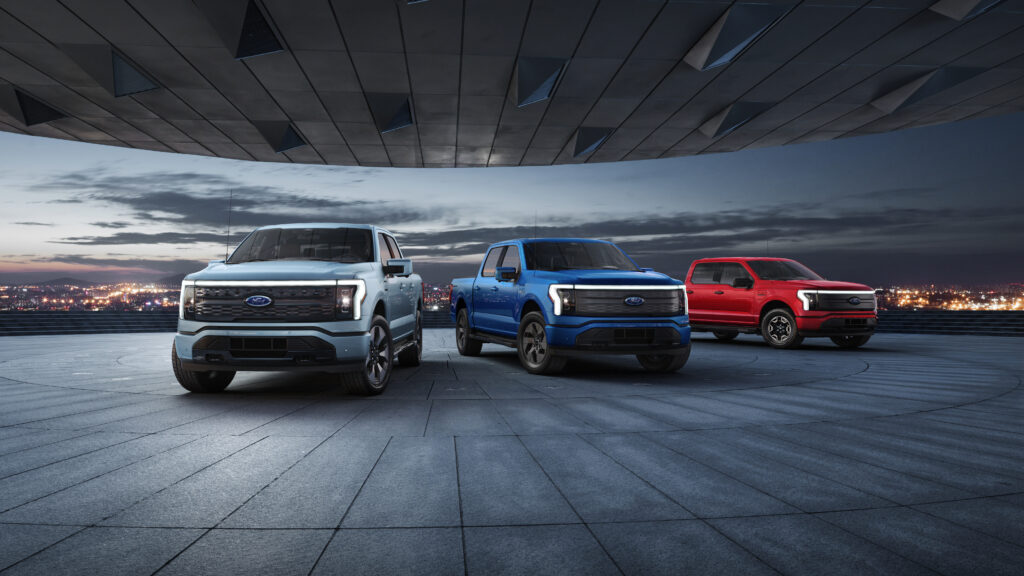
Ford doesn’t typically offer many 0% APR specials. It’s slim picking this month, with Ford’s competitors offering better deals across the board.
0% APR for 72 months for the 2025 F-150 Lightning ($7,500 federal tax credit ends 9/30/25)
3.9% APR for 60 months: 2025 Ford F-150
Ford is also offering 4.9% APR for 72 months for the 2025 Ford Explorer, and 3.9% APR for 72 months for the Mustang Mach-E
Learn more at Ford.com.
See Ford inventory with local market insights

GMC has some of the best truck offers in September, but note that the offer for the Sierra 1500 is term-limited:
0% APR for 36 months: 2025 GMC Sierra 1500 (plus up to $6,250 cash allowance)
0% APR for 60 months: 2024 GMC Sierra EV, Hummer EV
Learn more from GMC.
See GMC local market insights + the BEST deals

Honda is advertising these financing offers for September:
0% APR for 60 months: 2024 Honda Prologue
0.99% APR for 60 months: 2025 Honda Ridgeline
2.99% APR for 60 months: 2025 Honda Accord
Learn more about these offers.
See Honda pricing insights with local listings
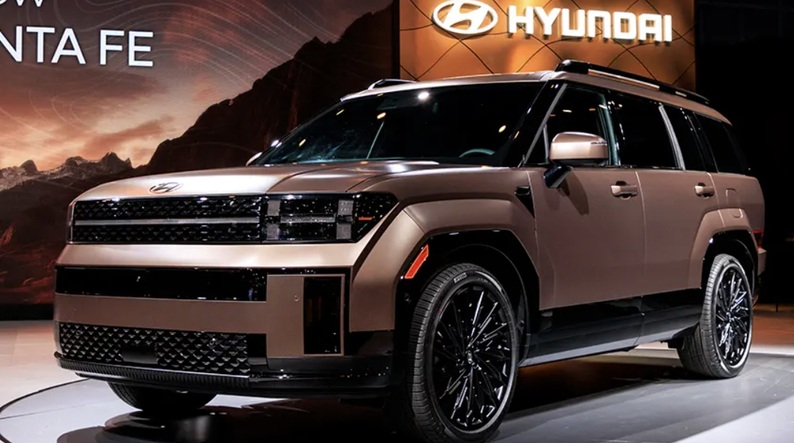
These are the best Hyundai APR offers right now, featuring one 0% financing offer:
0% APR for 60 months: 2025 Hyundai Santa Fe
1.99% APR for 60 months: 2025 Hyundai IONIQ 5
1.99% APR for 60 months: 2025 Hyundai Tucson, 2025 Elantra
Hyundai is also offering cash discounts on most models, including $2,750 off for the Santa Fe and $5,000 off of the new IONIQ 9.
See Hyundai local market insights + the BEST deals
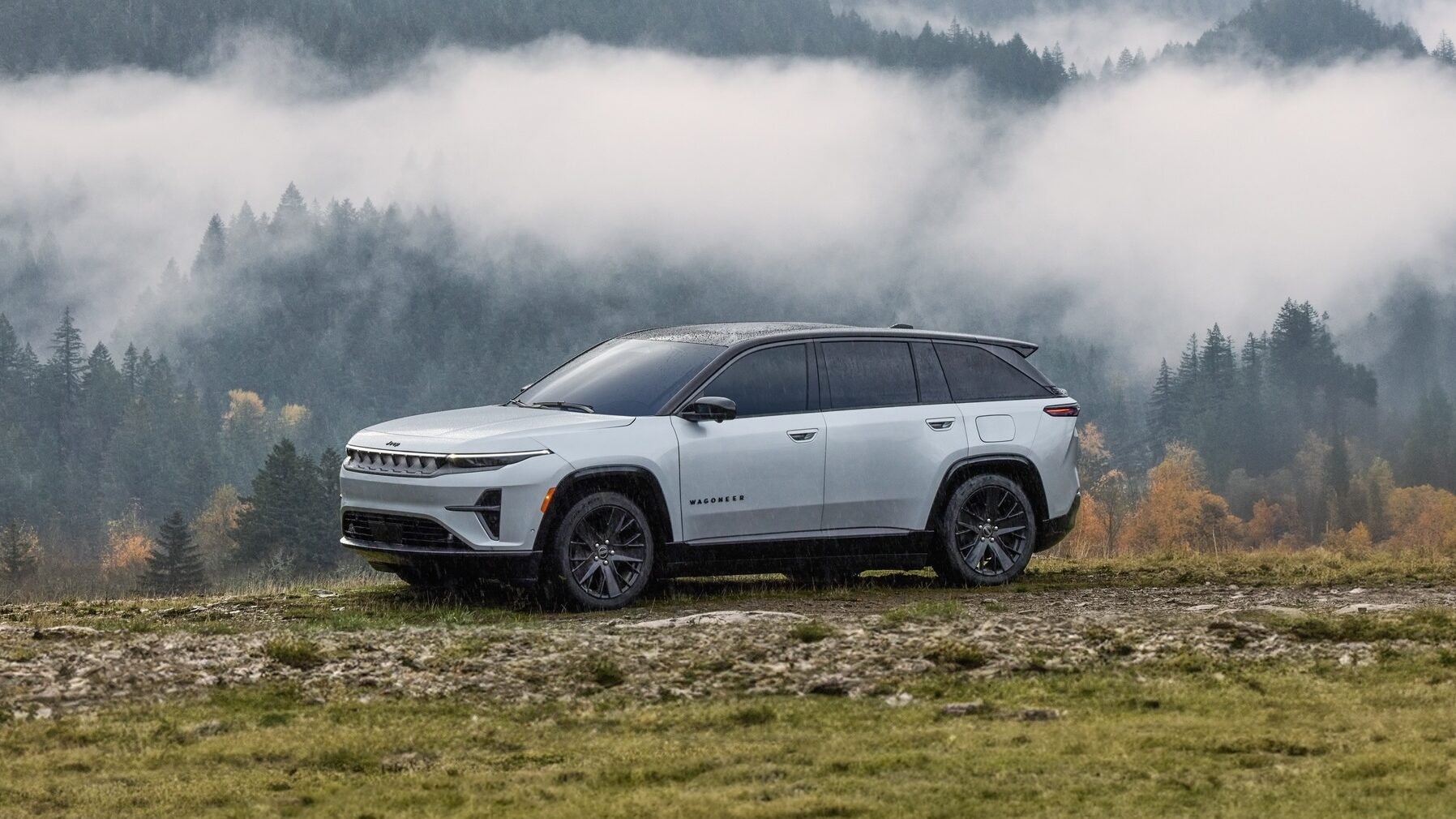
Jeep has thousands of unsold 2024 models sitting around on dealership lots as we enter autumn. This tough situation for the company makes it a buyer’s market for those looking to save big. Most models feature a choice between big cash discounts, or low-APR financing.
0% APR for 72 months: 2024 Jeep Grand Cherokee 4xe, 2024 Jeep Wrangler 4xe, 2024 Jeep Wagoneer S
1.9% APR for 72 months: 2025 Jeep Grand Cherokee 4xe, 2025 Jeep Wrangler 4xe, 2025 Jeep Wagoneer S
Save up to $8,750 on the 2024 Jeep Wagoneer, and up to $7,750 off the Wagoneer S electric SUV.
The 2025 Jeep Grand Cherokee, Wrangler 4xe, and Gladiator are eligible for up to $6,000 in cash incentives.
See Jeep local pricing insights

0% APR for 72 months: 2025 Kia Niro EV
1.9% APR for 60 months: 2024 Kia Niro, 2025 Kia Sportage, 2025 Kia Sorento
Lexus has some of the best luxury financing offers right now. Several top models feature 3.79% APR financing, and the RZ EV is interest-free for six years.
0% APR for 72 months for the 2025 Lexus RZ electric vehicle
3.49% APR for 48 months for the 2025 Lexus RX, NX, IS, ES, UX
Learn more at Lexus.com
See Lexus local pricing insights and listings

Mazda has some great financing offers for September, with SUVs like the CX-50 featuring low-APR deals for 60 months:
1.9% APR for 60 months: 2025 CX-50, 2025 CX-50H, 2025 CX-90, 2025 CX-90 PHEV
2.9% APR for up to 60 MONTHS: 2025 CX-70, 2025 CX-70 PHEV
4.9% APR for 60 months for most other models
Learn more at MazdaUSA.com
See Mazda local pricing insights
0% APR for 60 months: 2025 Mitsubishi Outlander (Offer only available to residents of the following states: Florida, Texas, Pennsylvania, New York, Illinois, Minnesota, and Tennessee.)
Learn more at MitsubishiCars.com
See Mitsubishi local market insights

The best new car offers this month include some amazing financing offers from Nissan:
0% APR for 60 months: 2025 Rogue, 2025 Pathfinder, 2025 Murano, 2025 Ariya
Learn more about these offers at NissanUSA.com
See Nissan local market insights and inventory

In August, Ram is back with a great financing deal for their popular full-sized pickup.
1.9% APR financing for 72 months for the 2025 Ram 1500 pickup truck. This offer applies to the 2025 Ram 1500 Big Horn Crew Cab 4×4. 2026 Ram 1500 pickups are offered with 2.9% APR for 72 months.
See details at ramtrucks.com
See Ram local market insights + the BEST deals

In September, Subaru has some of the best APR specials for all-wheel drive SUVs. All of Subaru’s popular models are available with low-APR financing.
0% APR for 72 months: 2025 Subaru Solterra
1.9% APR for 72 months: 2025 Subaru Outback
1.9% APR for 63 months: 2025 Subaru Crosstrek
See which models and trims qualify at subaru.com.
See Subaru local pricing insights and inventory
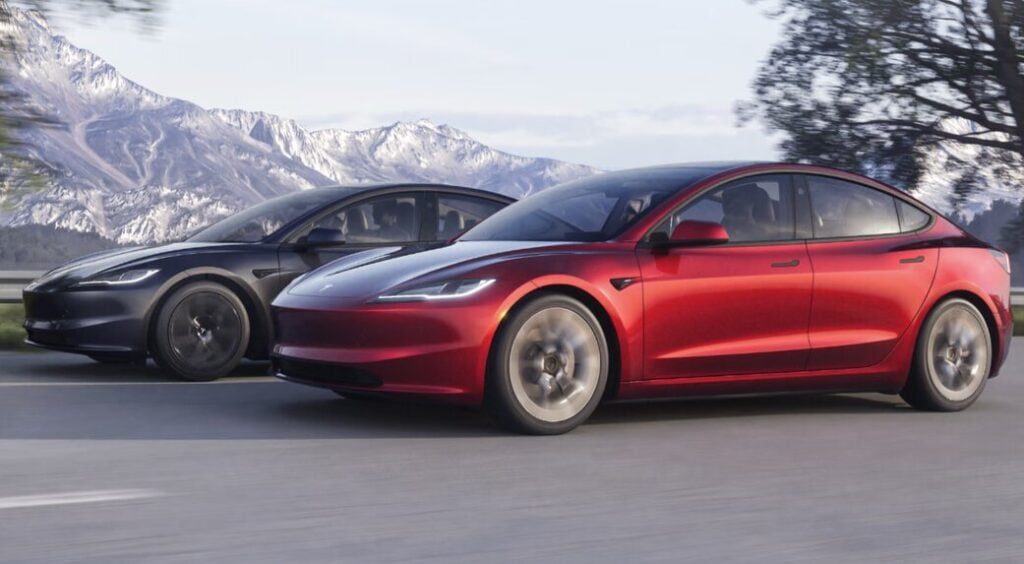
Tesla has discontinued 0% APR financing for the Model 3 and Model Y. The newly redesigned 2025 Tesla Model Y and Model 3 are available with 3.99% APR financing for 60 months.
Note that Tesla’s offers are subject to change at any time, not necessarily at month’s end. Learn more at Tesla.com.
Browse Used Tesla Listings Near You

For September 2025, Toyota has these APR deals for well-qualified buyers. Note that Toyota’s monthly offers are usually different for each region. We’ve done our best to gather the best offers here:
1.75% APR for 72 months: 2025 Toyota Tacoma (select markets)
4.75% APR for 60 months: 2025 RAV4, 2025 Camry, 2025 Camry, 2025 Grand Highlander (select markets)
Learn more about these offers at Toyota.com
See Toyota local market insights + the BEST deals

Volkswagen only has two standout incentives this month:
0% APR for 72 months: 2025 Volkswagen ID.4 (or $5,000 customer cash)
1.9% APR for 60 months: 2025 VW Atlas (or $3,500 customer bonus)
2.9% APR for 60 months: 2025 VW Tiguan (or $3,500 customer bonus)
Learn more about these offers at VW.com
See VW local market insights + the BEST deals

Ready to outsmart the dealerships? Download your 100% free car buying cheat sheets today. From negotiating a deal to leasing a car the smart way, it’s all available for instant download. Get your cheat sheets today!